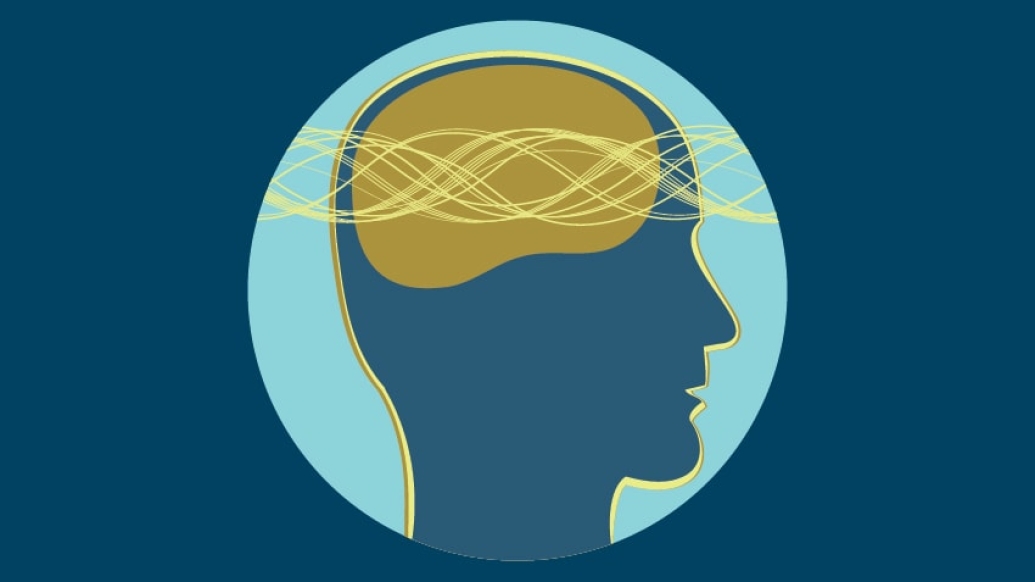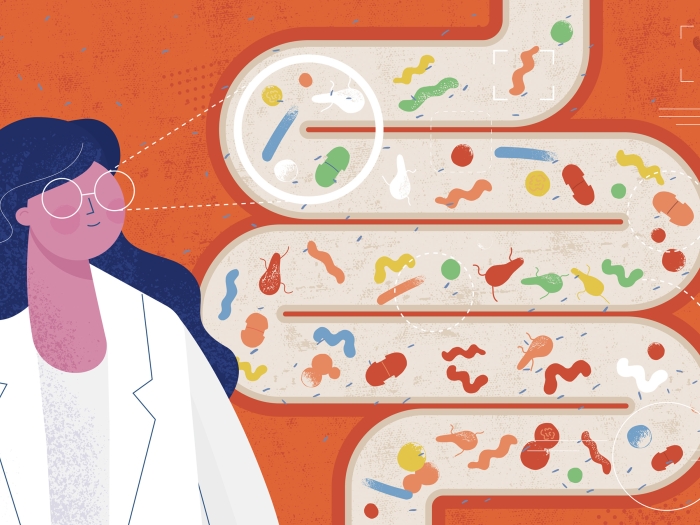Michigan Medicine researchers explore the role of the prefrontal cortex in wakefulness.
12:00 PM
Author |

Philosophers have pondered the nature of consciousness for thousands of years. In the 21st century, the debate over how the brain gives rise to our everyday experience continues to puzzle scientists.
LISTEN UP: Add the new Michigan Medicine News Break to your Alexa-enabled device, or subscribe to our daily audio updates on iTunes, Google Play and Stitcher.
To help, researchers in the University of Michigan Medical School Center for Consciousness Science are working to identify areas of the brain that help us wake up, a basic building block of everyday consciousness.
In the search for what controls our overall level of consciousness, researchers have traditionally focused on structures in the lower part of the brain. These structures include the brain stem, which regulates vital functions like breathing, blood pressure and heartbeat; the hypothalamus, which is involved in sleep and controlling bodily functions; and the thalamus, which relays information from the senses. George Mashour, M.D., Ph.D., professor in the Department of Anesthesiology and director of the center, decided to look at areas of the cortex, the upper part of the brain, for its ability to control the level of consciousness.
Recent research in nonhuman primates provides evidence that the prefrontal cortex has a switchboardlike relationship with other areas of the brain, helping to ignite awareness of visual information.
"There has been a debate that has recently intensified as to whether or not the prefrontal cortex — versus areas farther back — plays a role in generating conscious experience. We thought that we'd target some of these different areas in the front and back of the brain to see which ones had the ability to control the level of consciousness," he says.
We thought that we'd target some of these different areas in the front and back of the brain to see which ones had the ability to control the level of consciousness.George Mashour, M.D., Ph.D.
The key to ignition?
Because anesthesia is used to temporarily eliminate conscious experience during medical procedures, it provides the perfect opportunity to test hypotheses about consciousness.
First author Mashour and lead author Dinesh Pal, Ph.D., also of the Department of Anesthesiology, anesthetized rats with a common drug used in humans. "We wanted to see what had the causal power to take an unconscious brain receiving ongoing anesthesia and wake it up," says Pal. To test this, they targeted two neurotransmitters that are associated with wakefulness: acetylcholine and norepinephrine.
The team exposed the anesthetized rats' prefrontal and parietal cortex to drugs that ramped up the effect of the neurotransmitters and measured their brain activity and behavior. When exposed to an acetylcholine-receptor activator, their brain waves, normally slow during sleep and anesthesia, sped up. But rats were able to start behaving as though they were awake only with prefrontal cortex stimulation, all while continuing to receive the same level of anesthesia that is used clinically for surgery in humans. These findings were published in the journal Current Biology.
MORE FROM THE LAB: Subscribe to our weekly newsletter
In a recent commentary in Science, Mashour discussed how the prefrontal cortex helps us access relevant information coming into the brain for consciousness and cognition. Importantly, this area of the brain seems to be functionally "offline" during a variety of anesthetic states. Mashour says their study in Current Biology "suggests that the prefrontal cortex also has the potential to play a role in coordinating the level of consciousness, possibly through the cholinergic system."
Clinically, these results could be explored for applications in people with disorders of consciousness, such as coma or vegetative states.
"Let's say you have a patient in a coma: Could the prefrontal cortex be a site that is modulated to help coordinate events to help improve level of consciousness?" Mashour asks. The implications of this possibility are significant because of the relative accessibility of the prefrontal cortex.
"It's very difficult and dangerous to directly intervene at the level of arousal centers in the brain stem because of its location, small size and nearby vital functions. Maybe the prefrontal cortex is an accessible gateway to some of those other arousal systems that could be leveraged in a clinical setting outside of anesthesia," he says.
This work was funded by the National Institutes of Health (R01GM098578) and the Department of Anesthesiology at the University of Michigan Medical School. Physiology doctoral student Jon Dean was co-first author of the article.

Explore a variety of healthcare news & stories by visiting the Health Lab home page for more articles.

Department of Communication at Michigan Medicine
Want top health & research news weekly? Sign up for Health Lab’s newsletters today!





